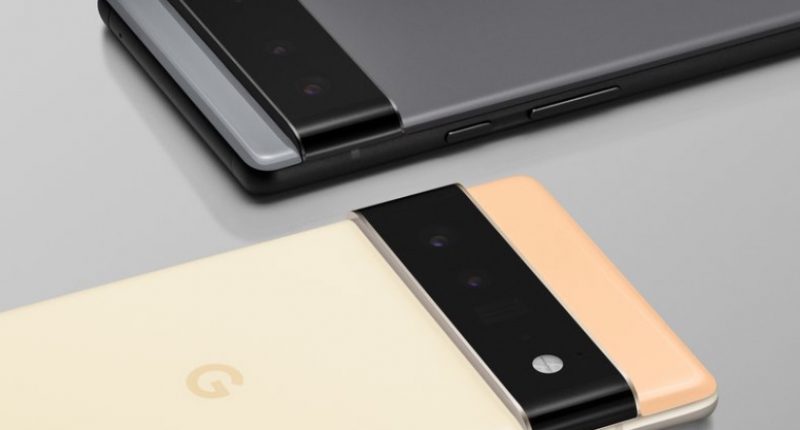The upcoming flagship phones of Google, Pixel 6 and Pixel 6 Pro – are set to be the herald of a new age. Unlike others in the series, Pixel 6 will no longer be powered by Qualcomm’s processors but by a processor called Tensor which will be built by Google itself. It is expected that the phones will be coming this fall as Google is gearing up to establish itself in a space led by Apple and Samsung.
A new custom SoC (system on a chip), Tensor is said to have been designed over the past four years with machine learning and artificial intelligence and will be built for all Android-based software in future additions to the Pixel family. With this, Google is walking down the same path as Apple, making its own processors for its devices. Like Apple, Tensor will be based on the same ARM architecture used by Qualcomm to make Snapdragon chips. However, Qualcomm would continue to work with Google on current and future products based on its Snapdragon platform.
It seems that Tensor’s AI and machine learning (ML) capabilities will exceed anything Google has had in its phones, and it is the main reason the company will invest in making its own chip. Google said that AI and ML were fundamental to Tensor’s place in the upcoming phones. Tensor is expected to provide big improvements to photo and video processing on phones, along with features like voice-to-speech, language learning, improved speech recognition and recognition of voice commands, captioning and dictation, and translation. It also includes a dedicated processor that runs artificial intelligence applications, as well as a CPU, GPU and image signal processor. Tensor will allow the device to process more information on the device itself instead of sending it to the cloud and is set to provide a personalized experience.
“The team that designed our silicon wanted to make Pixel even more capable. For example, with Tensor we thought about every piece of the chip and customized it to run Google’s computational photography models,” Google said. “For users, this means entirely new features, plus improvements to existing ones.”
Google’s Hardware Head Rick Osterloh said that AI was the future of their innovation work, but they had run into computing limitations that prevented them from fully pursuing their mission. “So we set about building a technology platform built for mobile that enabled us to bring our most innovative AI and machine learning (ML) to our Pixel users.”
In terms of designs, both the Pixel 6 and the Pixel 6 Pro will be coming in three colour options each, and while both look very similar to each other, the Pixel Pro will have more space above the camera bar. Both of them will be equipped with Android 12.
The rear camera system of the phones has been upgraded – the new design gives the whole camera system a new home with the camera bar. The Pro has a light polished aluminium frame with a 6.7″ display, while the 6 has a matte aluminium finish with a 6.4″. As for cameras, Pixel 6 has two cameras (wide and ultrawide), while the 6 Pro has an additional telephoto zoom lens.
The Tech Portal is published by Blue Box Media Private Limited. Our investors have no influence over our reporting. Read our full Ownership and Funding Disclosure →






